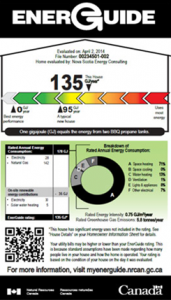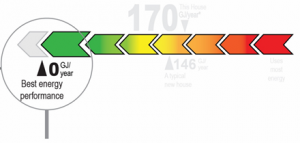-
April 4-6, 2025!
CENTRAL NEW BRUNSWICK'S HOME IMPROVEMENT EVENT
With nearly a four-decade legacy, this is the ultimate event for homeowners looking to transform their house into a dream home. Get ready to create the perfect living space -whether you’re building, buying, renovating, or exploring a world of possibilities!
-
April 4-6, 2025!
CENTRAL NEW BRUNSWICK'S HOME IMPROVEMENT EVENT
With nearly a four-decade legacy, this is the ultimate event for homeowners looking to transform their house into a dream home. Get ready to create the perfect living space -whether you’re building, buying, renovating, or exploring a world of possibilities!
-
April 4-6, 2025!
CENTRAL NEW BRUNSWICK'S HOME IMPROVEMENT EVENT
With nearly a four-decade legacy, this is the ultimate event for homeowners looking to transform their house into a dream home. Get ready to create the perfect living space -whether you’re building, buying, renovating, or exploring a world of possibilities!
-
April 4-6, 2025!
CENTRAL NEW BRUNSWICK'S HOME IMPROVEMENT EVENT
With nearly a four-decade legacy, this is the ultimate event for homeowners looking to transform their house into a dream home. Get ready to create the perfect living space -whether you’re building, buying, renovating, or exploring a world of possibilities!
-
April 4-6, 2025!
CENTRAL NEW BRUNSWICK'S HOME IMPROVEMENT EVENT
With nearly a four-decade legacy, this is the ultimate event for homeowners looking to transform their house into a dream home. Get ready to create the perfect living space -whether you’re building, buying, renovating, or exploring a world of possibilities!
Understanding Personal Energy Consumption
Discovering How Energy Efficient Your Home Is
Every home consumes energy daily throughout the year. For the most part, a utility bill will show how much fossil fuels or electricity is being consumed every month. What’s more important is to understand how the energy is being consumed. Understanding usage patterns can help homeowners conserve energy and save on energy costs. This is exactly where the EnerGuide Rating System can be of value – it’s the 1st step in understanding personal energy consumption, and a turning point in making changes. A home’s “rating” summarizes the energy efficiency of the home and identifies areas where efficiencies can be dramatically improved

The EnerGuide rating system estimates the net amount of energy consumed annually in a home. To attain a reliable rating, several steps are required:
- An accredited Home Energy Advisor gathers relevant data on-site
- The collected data and information are entered into NRCan’s energy simulation software
- A profile and rating are processed and documented
It is important to note that NRCan is focused on a home’s energy performance, not on occupant behavior. This allows a rating to accurately compare energy use between one home and another. In fact, the rating is not intended to reflect home energy consumption as shown on a utility bill. In the bigger picture, EnerGuide home evaluations and ratings help homeowners to better understand energy performance, energy consumption, and the prospect of reducing greenhouse gases day-to-day.
Only Registered Energy Advisors can expedite EnerGuide ratings. The current EnerGuide rating system is based on an annual gigajoule rating and gauges energy consumption in “gigajoules/year”. Understandably, older homes typically are associated with higher ratings, which indicate more energy consumption. These are the homes that could benefit from energy efficient retrofits to boost their efficiencies and can be subsidized through rebate programs.
The EnerGuide rating system sets the stage for a plan to measurably improve the energy efficiency in a home; therefore, consuming less energy and saving money on utilities. Importantly, homeowners can identify areas where energy is being unnecessarily wasted. This will allow for energy upgrades to be implemented, and problem areas to be resolved. In the foreseeable future, it is likely that all homes will require an EnerGuide Rating prior to being listed for sale. This is where a good rating can potentially add real estate value to a home. Better still, the new EnerGuide Ratings will make for generally higher standards for buyers and sellers, realtors and homebuilders.

When it comes to home energy efficiency, better energy performance is indicative of a better performing home. With gigajoules as a measurement, the aim is to reduce energy consumption to a minimum. For example, a rating of ZERO gigajoules/year means that a home is producing as much energy annually as it consumes. This would be the sign of a highly energy-efficient home.
Once the annual gigajoule rating has become universal, homeowners can better understand their energy usage patterns - the same way as measuring kilometres/litre for vehicle performance. More than that, homeowners can appreciate how heating, cooling, hot water, and insulation all contribute to the efficient/inefficient use of their home energy sources.

